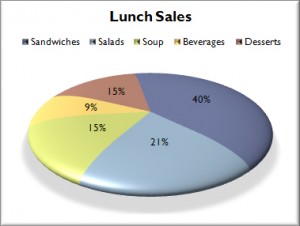Apples and orangs
In a Stat-of-the-Week nomination, Nick Iversen points out a Herald story about the convention centre deal, under the headline “Support disappears for convention deal”
Public opinion has turned against the Government’s SkyCity international convention centre deal just days before it is due to be signed off, allowing for 230 extra poker machines at the downtown Auckland casino.
The latest Herald-DigiPoll survey shows 61.5 per cent of those polled disapprove of the deal while 33.8 per cent approve.
That’s a sharp turnaround from a year ago when a similar poll found 40.3 per cent disapproved and 57.3 supported it.
As Nick and the SkyCity spokesperson point out, the poll last year had a ‘conditionally approve’ option, so they aren’t really comparable. In fact it’s worse than that. the Herald’s headline last year was “Public opposed to SkyCity deal — or want conditions“, so it’s not just a matter of interpreting last year’s data; the story isn’t even consistent with last year’s headline.
Last year, the poll found 40.3% disapproved, 37.7% approved if the total number of gaming machines across Auckland decreased, and 19.6% approved. This year 61.5% disapprove and 33.8% approve. It’s hard to decide how the 37.7% of conditional approvals should be apportioned, since the number of machines is going down, but it’s going down for reasons basically unrelated to the SkyCity deal.
Some possibilities
- All the conditional approvals should be treated as approvals. That’s the Herald’s current interpretation and gives 57.3% approval last year, and a roughly 25% decrease in approval
- All the conditional approvals should be treated as disapprovals. That was the Herald’s interpretation last year, and gives 19.6% approval last year and and a roughly 13% increase in approval
- The conditional approvals should be ignored, and we should look at the proportion of approval among those approving or disapproving. That gives 32.7% approval last year, almost identical to this year.
It’s clear that you really can’t say anything very useful about the change using the two different sets of questions. On the other hand, it’s also clear that the majority in Auckland is currently opposed to the deal, and if public opinion was relevant to the decision-making process, that, rather than the change since last year, would be the important fact.

